Brain, Bone And Blood Vessels Coming Hot Off The Press







Brain, Bone and Blood Vessels Coming Hot Off the Press
Could the days of custom clavicles and bespoke bladders produced just in the knick of time for suffering patients be around the corner?
While keeping an eye on tissue engineering studies, we’ve been seeing some significant wins in the lab that are bringing the sci-fi future of on-demand 3-D printed organs, bone and blood vessels closer.
Harvard and Brown bioengineers are taking their own routes to build complex tissues in customized 3-D printers. And just the other week, we reported on newly unveiled work at the University of Florida to print complex soft structures in baths that could one day birth replacement human parts along with soft robots.
Now, Carnegie Mellon engineers reported on Friday that they had successfully printed simplified proof-of-concept anatomical structures like mini femurs, blood vessels and brains suspended in soft gelatin. Learn more and see a video below.
Keep reading
More Posts from Dotmpotter and Others

One of the many data-driven projects to make the world a better place over at DataKind.
Question
Information can be very valuable. But it loses value with age. It becomes history, and less of a tool for change.
What value does information about poverty have? Well, when it’s timely—which historically poverty data has not been—that information can trigger reactions: in monetary policy, in foreign aid, in any imaginable channel of support. Time can mitigate starvation and disease, and save untold lives.
So we wanted to know: What kind of data could be secured easily, cheaply, and quickly that might provide nearly real time analysis on poverty? We thought the answer might be written in the lights.
Check out their findings: (via DataKind | Shining a Light on Poverty)

This is just great.

A good way to remember the human bones in the body. Dope pic
www.learninghumananatomy.com







Brain, Bone and Blood Vessels Coming Hot Off the Press
Could the days of custom clavicles and bespoke bladders produced just in the knick of time for suffering patients be around the corner?
While keeping an eye on tissue engineering studies, we’ve been seeing some significant wins in the lab that are bringing the sci-fi future of on-demand 3-D printed organs, bone and blood vessels closer.
Harvard and Brown bioengineers are taking their own routes to build complex tissues in customized 3-D printers. And just the other week, we reported on newly unveiled work at the University of Florida to print complex soft structures in baths that could one day birth replacement human parts along with soft robots.
Now, Carnegie Mellon engineers reported on Friday that they had successfully printed simplified proof-of-concept anatomical structures like mini femurs, blood vessels and brains suspended in soft gelatin. Learn more and see a video below.
Keep reading

Three quarters of Britain’s juniper is found in Scotland, where it’s important not only to local gin production but also to wildlife, such as the juniper shield bug. Plantlife Scotland has published a free guide to help both professional and amateur botanists and horticulturalists identify, survey and protect the plants. Anyone can participate in the group’s survey and guardianship project.
(via Protect British juniper or risk losing gin’s distinctive flavour (Wired UK))
This is our demand, our request to all the responsible people – that instead of sending weapons, instead of sending tanks to Afghanistan and all these countries that are suffering from terrorism, send books. Instead of sending tanks, send pens. Instead of sending soldiers, send teachers. This is the only way we can fight for education.
Education activist Malala Yousafzai at today’s #UNGA event on Global Education First.
For more on the event see here.
(via united-nations)





How To Build More Resilient Cities




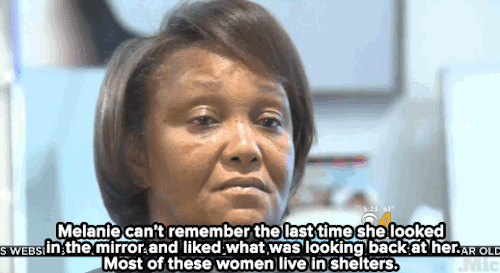
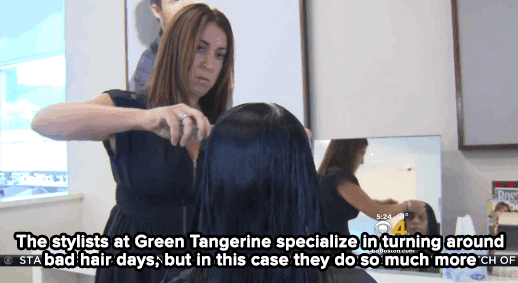

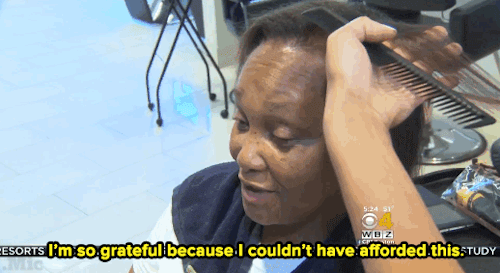
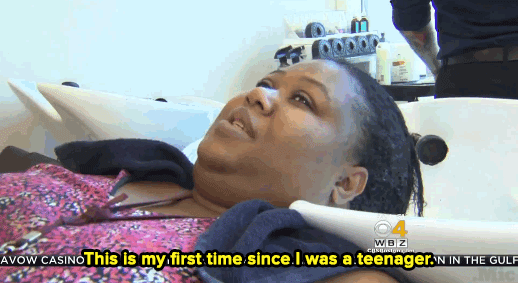

Watch: A haircut may not solve homelessness — but it can make all the difference for these women.
Follow @stylemic


Digital mapping + solar = sustainable cities?
A new tool combines Google satellite imagery with light detection and ranging data, calculating the potential hourly solar energy production of a city.
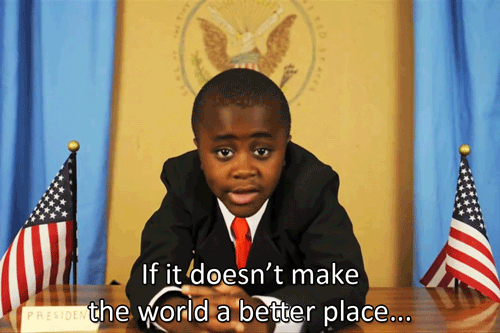

-
 nocturnalsouls liked this · 6 years ago
nocturnalsouls liked this · 6 years ago -
 unlikelyuserhere liked this · 6 years ago
unlikelyuserhere liked this · 6 years ago -
 dildo-cornucopia liked this · 6 years ago
dildo-cornucopia liked this · 6 years ago -
 goingtowales liked this · 6 years ago
goingtowales liked this · 6 years ago -
 perpetually-attempting-man liked this · 6 years ago
perpetually-attempting-man liked this · 6 years ago -
 pinkprogram reblogged this · 6 years ago
pinkprogram reblogged this · 6 years ago -
 pz3000 liked this · 6 years ago
pz3000 liked this · 6 years ago -
 graveyardshipper liked this · 6 years ago
graveyardshipper liked this · 6 years ago -
 araiarira liked this · 6 years ago
araiarira liked this · 6 years ago -
 loukazade liked this · 6 years ago
loukazade liked this · 6 years ago -
 librelly reblogged this · 6 years ago
librelly reblogged this · 6 years ago -
 dumbassheirofhope reblogged this · 7 years ago
dumbassheirofhope reblogged this · 7 years ago -
 acheellies liked this · 7 years ago
acheellies liked this · 7 years ago -
 sun-skalli liked this · 7 years ago
sun-skalli liked this · 7 years ago -
 complexience-blog liked this · 7 years ago
complexience-blog liked this · 7 years ago -
 country-toads reblogged this · 7 years ago
country-toads reblogged this · 7 years ago -
 majesticmastermind reblogged this · 7 years ago
majesticmastermind reblogged this · 7 years ago -
 crystiamvalbuena reblogged this · 7 years ago
crystiamvalbuena reblogged this · 7 years ago -
 dakatndahat liked this · 7 years ago
dakatndahat liked this · 7 years ago -
 funcoolmathgames reblogged this · 7 years ago
funcoolmathgames reblogged this · 7 years ago -
 themarketingarea reblogged this · 8 years ago
themarketingarea reblogged this · 8 years ago -
 themarketingarea reblogged this · 8 years ago
themarketingarea reblogged this · 8 years ago -
 themarketingarea reblogged this · 8 years ago
themarketingarea reblogged this · 8 years ago -
 eclipse-phase-aesthetic reblogged this · 8 years ago
eclipse-phase-aesthetic reblogged this · 8 years ago -
 paranoidrobots liked this · 8 years ago
paranoidrobots liked this · 8 years ago -
 myarkadia liked this · 8 years ago
myarkadia liked this · 8 years ago -
 rulerofmyownplanet liked this · 8 years ago
rulerofmyownplanet liked this · 8 years ago -
 pharmaceutism reblogged this · 8 years ago
pharmaceutism reblogged this · 8 years ago -
 nadaya21-blog liked this · 8 years ago
nadaya21-blog liked this · 8 years ago